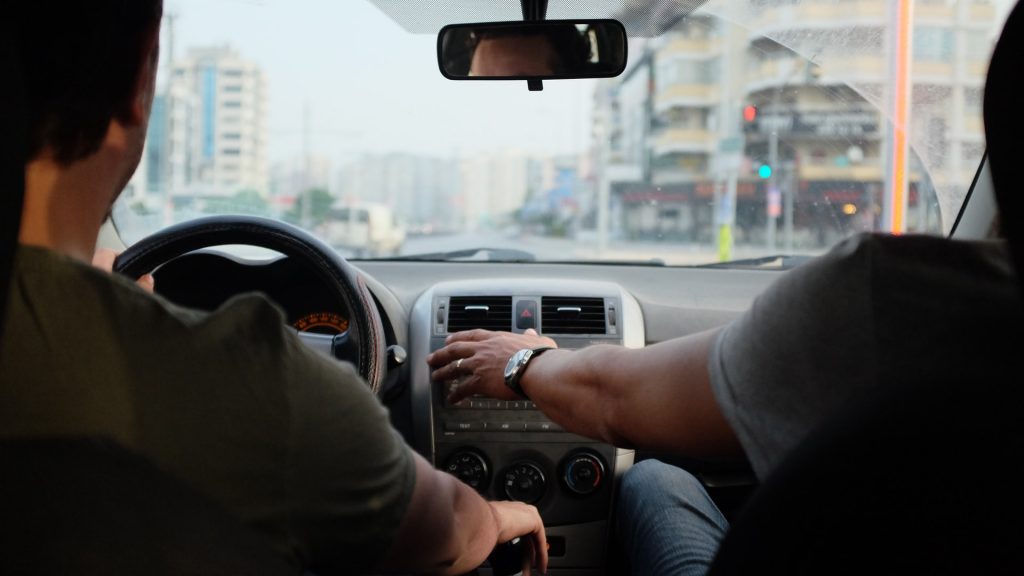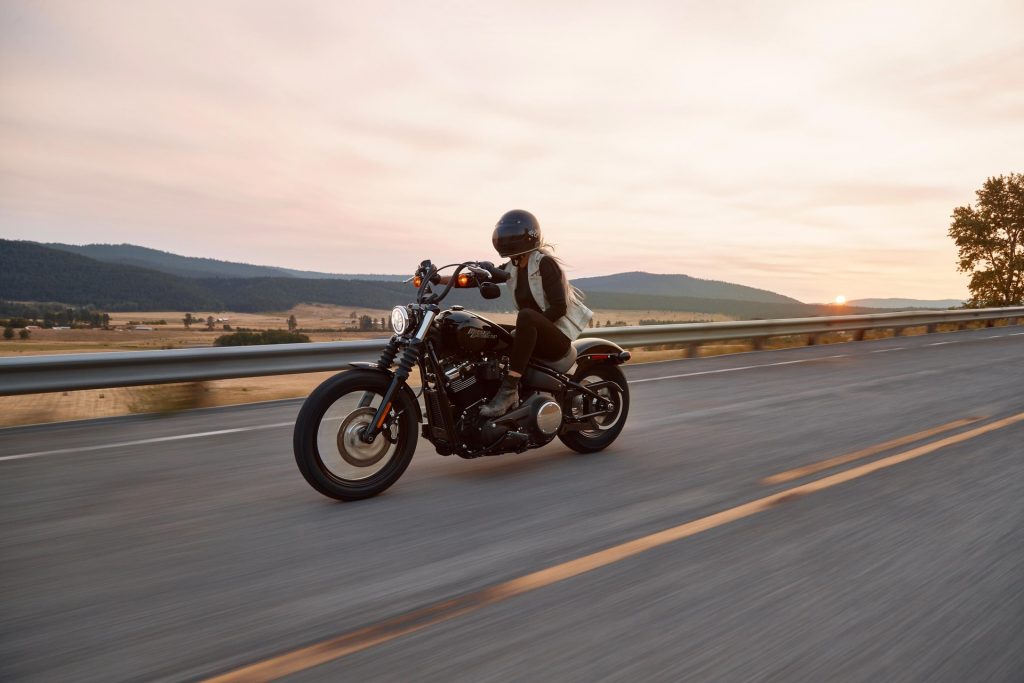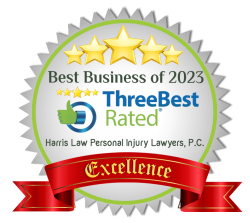Overlooked car safety tips for your growing family

Whether you are driving by yourself or with a van packed full of kids, getting to your destination safety is the utmost priority. Now what if we told you that you were overlooking some safety precautions that would increase your family’s safety?
Here are vital tips for the vehicle that will help your growing family stay safe on the road.
When to move your child to the next seating level
This can be a tricky task that often gets overlooked because you start to get into the routine of things and time just passes by. Before you know it, your baby isn’t as little as they used to be. Now that it isn’t safe for them to ride in an infant-only seat anymore, where do you go from here?
Rear-Facing Infant Seat
Once your child has reached the upper weight limit of the infant-only seat or the top of their head is within 1 inch of the top of the seat, it is time to move them to a safer seat. They should go into a 3-stage seat, using rear facing for the time being.
The harness should be below or level with the child’s shoulders and snug, with only one finger fitting between their collarbone and the harness. The chest clip should be situated at armpit level. When putting on the vehicle seat belt, make sure that once fastened the car seat should not move more than 1 inch to the front or side-to-side.
Forward-Facing Infant Seat
At this stage your child should be one year old, able to walk be themselves and weigh at least 22 lbs. If your child fits all of these criteria then it is safe for them to be turned forward.
All the same requirements as the rear-facing infant seat apply to the level and snugness of the harness as well as the chest clip position and tightening the vehicle seat belt. All forward- facing car seats must be anchored with a tether strap to the vehicle frame. It is best to check the owner’s manual or your dealership to find the tether anchor locations.
Booster Seat
Your child must not move to a booster seat until they weigh 40 lbs — although it’s recommended that children use a seat with a harness as long as possible. Many new car seat models allow a child to be harnessed up to 65lbs.
A booster seat raises your child to fit the adult belt properly. They should use this booster seat until they surpass the manufacturer’s maximum height or weight limit, or the top of the child’s ears is above the vehicle seat.
Seat Belt
Your child must meet all the criteria below to before using a seat belt on their own:
- Lap belt should span across the upper thighs
- Should sit fully upright with their back against the vehicle seat
- Shoulder belt needs to be centred on the chest and shoulder
- Should be 4’9” in height — 29 inches tall when sitting
How to prevent whiplash
Now that the whole family is using a seat belt, you need to ensure that your headrests are adjusted properly. Haven’t really thought too much about it, have you?
To properly adjust your head rest, the top of the restraint should reach as high as the top of your head. If it does not extend that far, ensure the it reaches the top of your ears at minimum. The headrest should be set back no more than 4 inches from your head.
Now that your headrest is adjusted, consider these best practices to avoid whiplash when driving:
- Sit upright — the head restraint can’t help if you’re leaning to the side when a crash happens.
- Leave plenty of room in front of you to prevent having to jam on your brakes.
- If you see a crash coming and have time to react, lean back so that you head is against the headrest and look straight ahead.
Our lawyers at Harris Law have the experience to get you the compensation you deserve; we’ll even conduct our own investigation to determine who is at fault. Contact us for a free, one-hour consultation.













